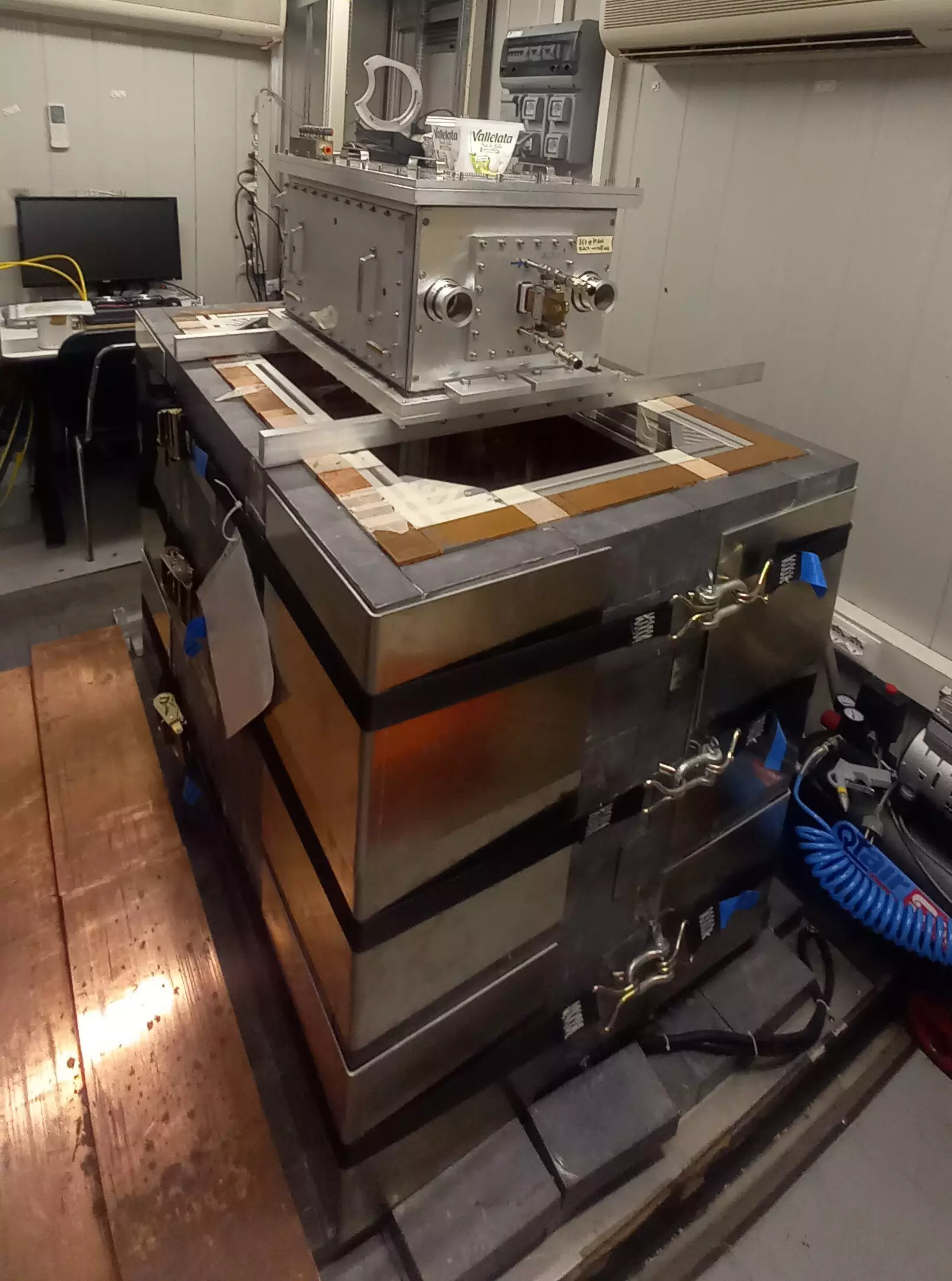Quantum mechanics often feels like a realm detached from our everyday experiences, bolstered by paradoxes and thought experiments that sound like science fiction. One such example is Schrödinger’s cat, a hypothetical creature that is both alive and dead until an observer checks its condition. This intellectual conundrum leads to fascinating inquiries about the nature of reality itself, particularly concerning why quantum effects dwindle as we scale up to larger objects, like cats or houses. An international team of physicists is now poised to explore these questions further, introducing a novel methodology aimed at testing alternative theories to standard quantum mechanics. Their findings were presented in the esteemed journal Physical Review Letters in June 2024.
The Nature of Quantum Superposition
Delving into the core of quantum theory, one of its most intriguing principles is the idea of superposition. In essence, quantum objects exist in multiple states simultaneously until an observational act forces their wavefunction to “collapse” into a single outcome. Catalina Curceanu, an experimental nuclear and quantum physicist from the National Institute for Nuclear Physics (INFN), clarifies this concept by illustrating how a radioactive atom may be in states of both decay and non-decay concurrently. “Imagine locking a cat in a closed box with a vial of poison triggered by such an atom’s decay. In this scenario, until observed, the cat is both alive and dead; a surreal embodiment of quantum theory,” she explains.
The curious challenge, however, is that such superpositional states have only been observed in minute objects—like a small sapphire crystal weighing merely 16 micrograms. The question that remains unresolved among physicists is why these states do not manifest in typical macroscopic objects in our daily lives. “These wavefunctions, while theoretically capable of existing in larger systems, do not seem to preserve their quantum characteristics when measured,” Curceanu notes, pointing directly to the conundrum known as the “measurement problem.”
The measurement problem is a longstanding puzzle in quantum mechanics and has persisted because, according to standard theory, the mechanics do not adequately explain the transition of quantum systems into classical states upon observation. Different teams have ventured into this domain, introducing various quantum collapse models that attempt to clarify why larger systems do not exhibit superpositional behavior. Among these alternatives are theories suggesting that physical processes may influence the wave function’s collapse, with one assertion being that larger systems collapse more quickly upon measurement.
Curceanu emphasizes the significance of these models as they predict outcomes that standard quantum mechanics cannot. “Spontaneous radiation is one such potential effect that could confirm these collapse theories.” The implications are vast, suggesting that we might eventually gather empirical support for elements of these models through experimental means.
There are primarily two types of quantum collapse models under investigation. The first, termed Continuous Spontaneous Localization (CSL) models, posits that the wavefunction collapse arises due to a random intrinsic mechanism that may or may not relate to gravitational forces. The second class includes gravity-related models, such as the Di ósi-Penrose framework, which suggests that gravitational effects directly impact the collapse process, separate from random occurrences.
Despite extensive research, including trials to detect evidence of spontaneous radiation like high-energy gamma radiation, experimental results have so far yielded no definitive support for any collapse model. However, this absence of evidence serves a dual purpose; it helps physicists refine these models and rule out less plausible variations, creating a more rigorous theoretical landscape.
In their latest research work, Curceanu and her collaborators have begun congregating data about the characteristics of spontaneous electromagnetic radiation potentially emitted from atomic systems at lower energy levels, particularly in the X-ray domain. To the scientists’ surprise, earlier predictions regarding spontaneous radiation do not hold consistently across different atomic species, revealing a nuanced yet significant dependency on the type of collapse model applied.
“We discovered that in lower energy regimes, the rate of spontaneous radiation emission significantly varies with the atomic species under study. The intricacies of how these emissions relate to specific collapse models have become a vital area of inquiry,” adds Kristian Piscicchia, one of the team members.
With plans for upcoming experiments in Italy’s LNGS-INFN underground laboratory, the research team is focused on linking atomic structures with observed spontaneous radiation, aiming to better constrain these advanced quantum models. Should tangible signals emerge, they hold the potential to drastically reshape our understanding of quantum mechanics, bridging the apparent chasm between the quantum and classical worlds.
As researchers voyage deeper into these enigmatic realms of physics, they not only unravel the complexities tied to the very fabric of reality but also inspire a broader discourse about the nature of existence, perception, and measurement itself. These explorations signify a critical juncture in modern physics, laying foundational groundwork that may lead to profound scientific breakthroughs.


Leave a Reply